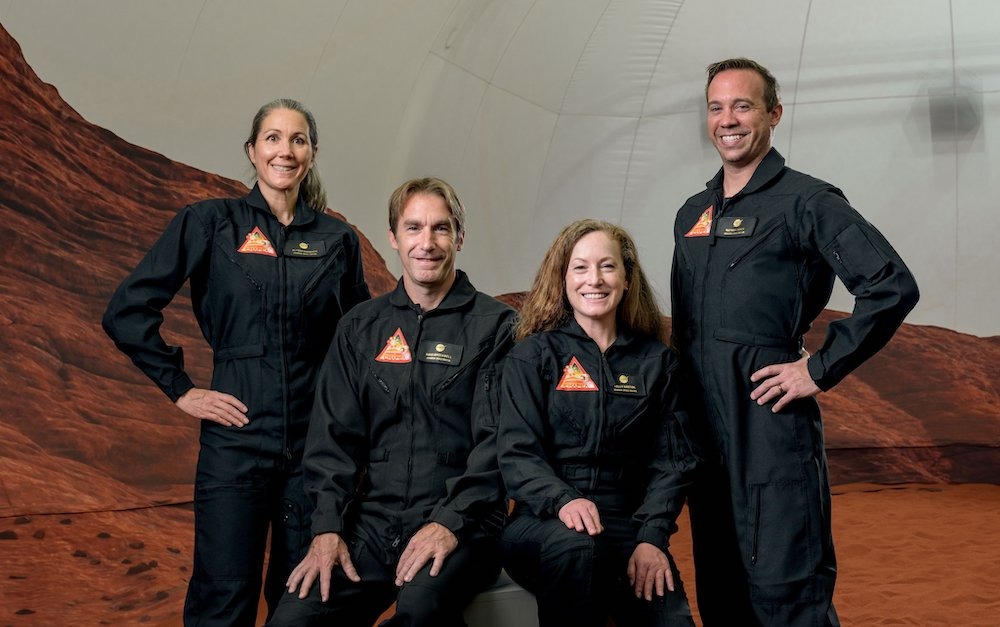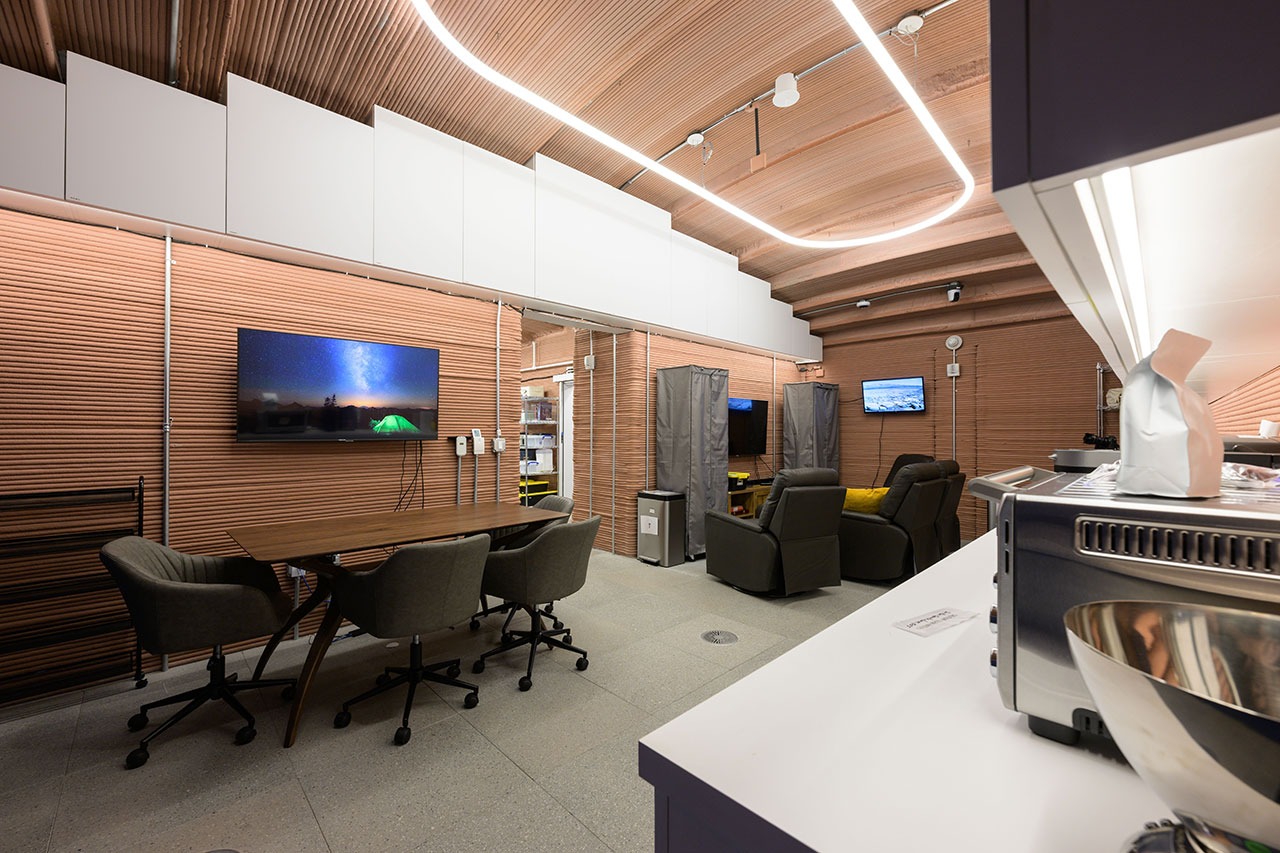NASA is looking for volunteers who are ready to survive the harsh conditions on Mars for a whole year. But not on the real Red Planet, but only in conditions that resemble it. The volunteer colonists will need to live in cramped conditions of improvised Martian housing, which is about the size of a two-room apartment.
The Space Agency is accepting applications for participation in the second CHAPEA program (Crew Health and Performance Exploration Analog), which is scheduled to start in spring 2025. The deadline for submitting applications is April 2, 2024.

The crew of four will live and work in a 3D-printed room that closely resembles the conditions on Mars. This experiment is part of NASA’s efforts to prepare for human exploration of the Red Planet in the future. Housing called Mars Dune Alpha is located at NASA’s Johnson Space Center in Houston, Texas. The colonists are provided with a kitchen, two bathrooms, separate bedrooms, a work area and a relaxation area for communication.
A healthy, motivated, U.S. citizen or permanent resident between the ages of 30 and 55 can become a participant in the experiment. Participants must also have a Master’s degree in STEM and two years of professional STEM experience or 1,000 hours of piloting. If you meet all the criteria, then you have a chance to get into an improvised colony on Mars.
Before applying, volunteers should know that this is far from a vacation, but a whole year of hard work without days off. Four volunteers will perform various tasks, just like during a real mission to Mars. Responsibilities include simulated walking to the surface in a spacesuit, robotic operations, environmental care, personal hygiene, physical exercise and crop cultivation. The crew will also have to deal with the Martian realistic ground control communication delay, which will be up to 22 minutes. CHAPEA aims to observe the work of the crew throughout the year to help understand the physical and psychological challenges that real astronauts may face on Mars.

The first crew of volunteers is already actively working in a similar environment, the mission of which began in June 2023. They share their experiences through images that demonstrate as close as possible to the real daily life of colonists on Mars.
In order to colonize Mars in the future, researchers must consider the potential impact on the physical and mental health and behavior of the crew. A recent study has shown that a minimum of 22 people may be needed for the long-term maintenance of a colony on Mars. Moreover, these “Martians” will have to have a special non-conflict character to ensure better survival on the harsh Red Planet.

In general, NASA wants to carry out three improvised missions to Mars. Therefore, if you do not have time for the second mission, there is still time to prepare for the last one – you may be lucky enough to become a participant in it.
Earlier we talked about what animals would live next to colonists on the Moon and Mars.
According to nasa.gov
Follow us on Twitter to get the most interesting space news in time
https://twitter.comne/ust_magazine


